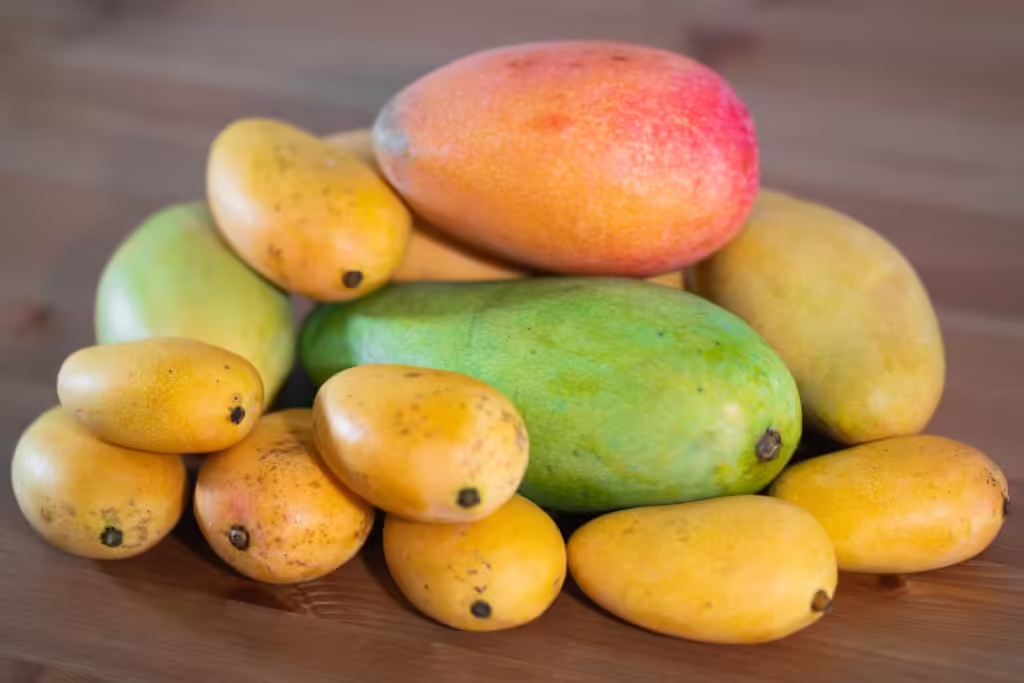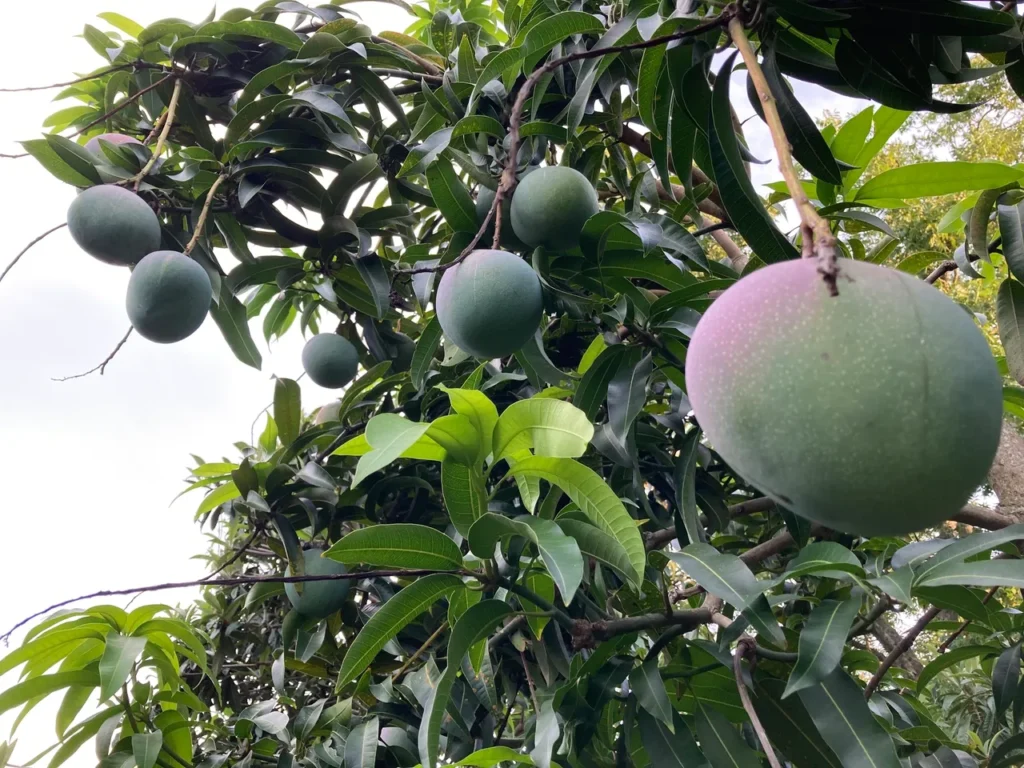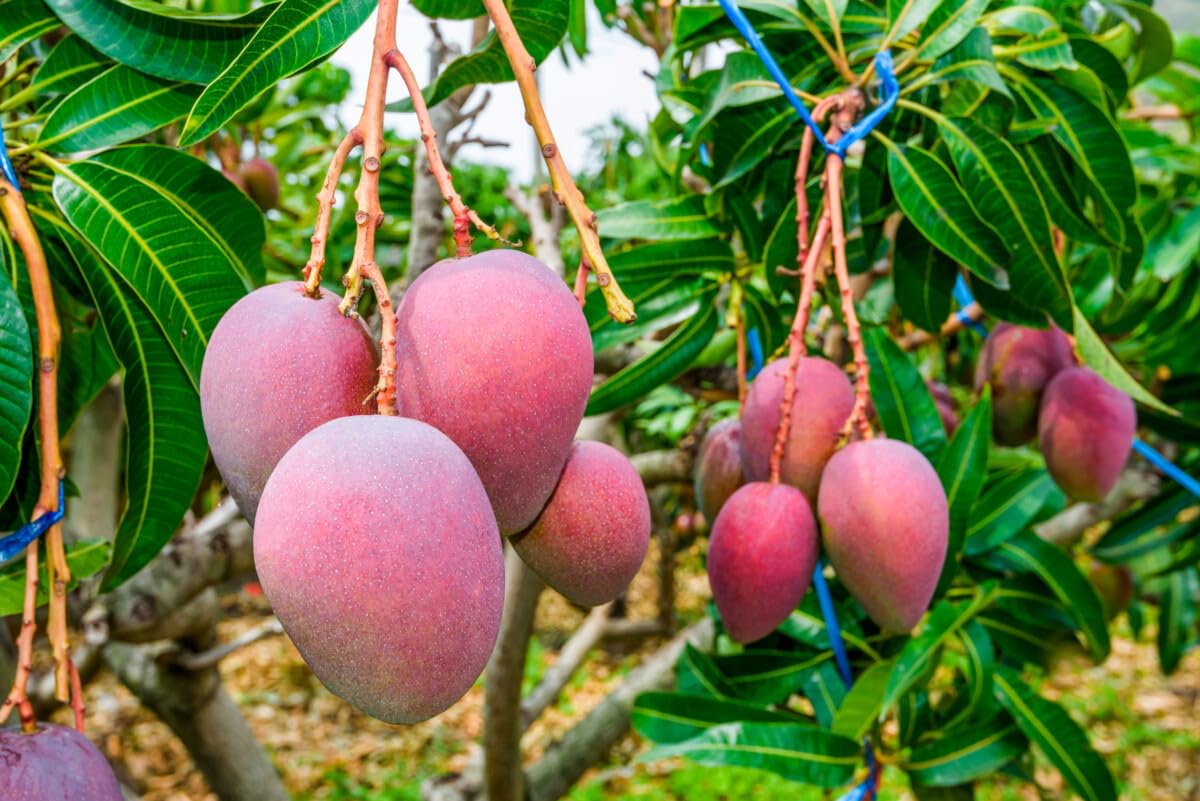Food & Climate
Climate change is altering the global crop landscape, forcing farmers to switch from their traditional crops for years to ones more suited to new weather conditions, or relocate their crops to regions where they may be more tolerant of their produce. One of the most prominent examples mango farmers, who are now seeking a more suitable climate elsewhere.
This juicy, flavorful fruit, which outsells most of its tropical counterparts, is grown in some 120 countries. But many leading producers face higher temperatures, greater aridity, and other challenges to raising a crop that requires very specific conditions to thrive.
As it grows more popular—global production is expected to reach 65 million metric tons next year—production is beginning to shift to new areas, making the mango a fitting emblem of yet another way climate change is reshaping global agriculture, according to a report seen by “Food & Climate” platform.
Mango farmers in Italy
Much of Italy enjoys a Mediterranean climate marked by hot summers and mild winters, which provide ideal conditions for sub-tropical fruit. With drought and hotter conditions bringing sharp declines in olive oil and citrus production, many Italian farmers are embracing new crops. This is particularly rife across the south, where olive trees are giving way to a proliferation in money-making mango and avocado trees in Sicily, Puglia and Calabria.
In 2023, mango crops spanned nearly 3,000 acres throughout Italy, up from 1,235 acres in 2019 and just 24 in 2004, according to agricultural trade data. A mild winter and relatively warm spring led to a bumper crop last year, with Sicilian mango farmers getting as much as 5.50 euros per kilo even as lemon growers earned as little as 1.22 euros.
Although India is the world’s leading producer and consumer of the sweet fruit, most of the mangoes found in supermarkets come from Mexico—which provides the bulk of those sold in the U.S.—Brazil, and Peru.
The three nations, which together produced nearly 5.5 million metric tons of mangoes, mangosteen, and guava (although botanically unrelated, the tropical fruits are often grouped together in international trade assessments) in 2023, saw production declines last year, a trend driven in no small part by climate change.
How large a decline remains to be seen, but the U.N. Food and Agriculture Organization, or FAO, told Grist that preliminary trade data and industry sources suggest Mexico’s exports dropped 2%, while Brazil saw an 8% decrease. Exports from Peru plunged a staggering 55%.

Other reports clearly attribute some of these declines to climate change. Drought and water scarcity led to widespread problems with fruit quality and agricultural productivity across Mexico. Excessive rainfall throttled harvests in Brazil, while unusually warm temperatures compounding with the lasting effects from El Niño led to what could be Peru’s worst season in history.
Global mango production remained strong because of yield increases elsewhere in the world and the expansion into new growing areas. Worldwide production of mangoes, mangosteen and guava has more than doubled over the past 20 years, a trend the FAO expects to continue.
All of these compounding factors “are of dire concern to mango farmers, as they can have devastating effects on crops, putting the livelihoods of smallholder farmers at risk.”
Flowering mango trees can be found throughout the Mexican state of Chiapas. The country’s southernmost region teems with the wildly popular golden Ataúlfo mango—one of Mexico’s leading mango exports.
Luis Alberto Sumuano, who was born and raised in a farming family in Tapachula, Chiapas, studies Ataúlfo mango production. An agricultural economist at the Universidad Autónoma de Nuevo León, he recently discovered that if Chiapas mango farmers aren’t able to begin harvesting as early as December, to sell their fruit before March, they struggle to see a profit due to market dynamics and lower quality fruit. A box of Ataúlfo mangoes sold to a supplier in January typically earns the grower around $63, but that same box, if sold after March, could bring in as little as $2, he said.
Production decline partly due to drought
Although Mexico saw overall production decline partly due to drought, another climate problem plagues farmers in Chiapas, where back-to-back years of increasingly volatile bouts of heavy rainfall have delayed flowering, shifting the entire production cycle. All that precipitation also spurs the spread of pests like the fruit fly and the growth of fungal diseases, all of which are becoming a growing problem as the planet warms.
But even as the fruit faces an uncertain future in Chiapas, it is thriving elsewhere in Mexico, underscoring how climate change can reshape agriculture within a relatively small geographic expanse.
This is particularly true of Kent mango varieties, primarily grown in the Sinaloa region. The green-hued delicacy made up a 20% share of the country’s mango exports to the U.S last year, nearly tripling its share from 2023, according to Empacadoras de Mango de Exportación A.C. data shared with Grist.
By contrast, Ataúlfo exports to the U.S. declined, dropping 4.5% from 2023. This is in part because not only are some mango varieties more climate-resilient than others, but certain microclimates may be more suited to production, with growers that have adopted practices like developing disease- and pest-resistant cultivated varieties.

It’s a paradox that can be seen unfolding elsewhere. In California, where mangoes have been grown in the southern region since the late 1800s, farmers in central and northern parts of the state are now embracing the fruit.
Florida is another promising hotspot. Even as warming and disease have eroded the Sunshine State’s citrus production, Alex Salazar said Florida’s budding mango industry has experienced a coinciding boom, according to “Keyt.com” report.

